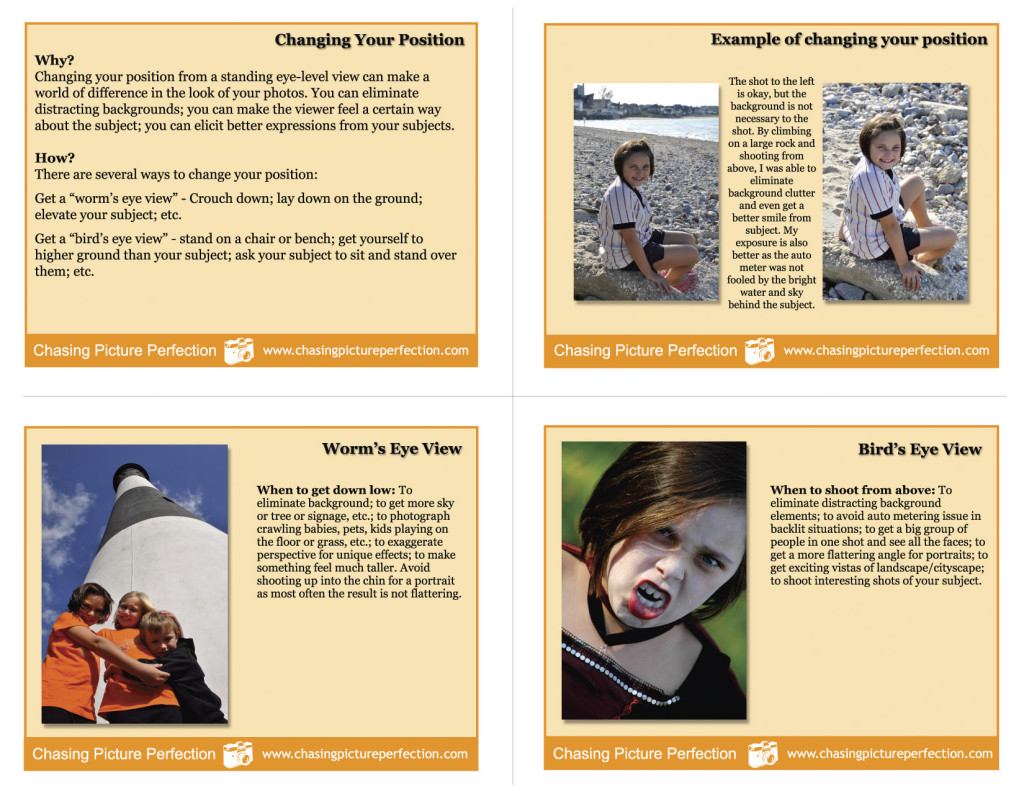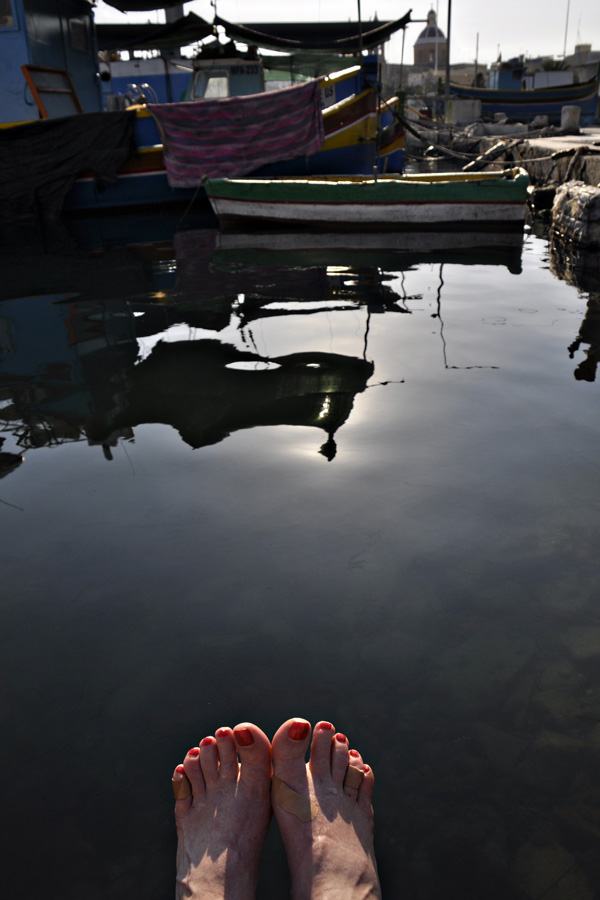Getting above or below your subject makes your images interesting. Download this card set here and add to set 1 and set 2. Printing it on photo paper is best so it is heavier weight (luster or matte) and add it to a D-ring to clip onto your camera bag. Enjoy!
Category Archives: Composition
Rule of Thirds Example
Change Your Position for Better Photos
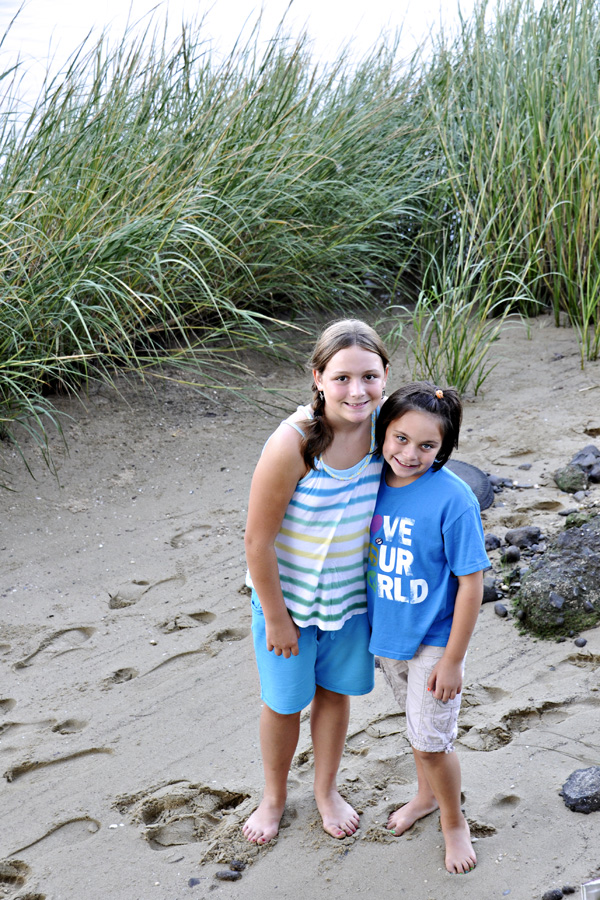
Take a Photo that Demonstrates the Rule of Thirds
The rule of thirds is one of the most powerful creative options you have when composing your photograph. A photo that has the important element of the photo at an intersecting point of a “tic tac toe” board, or in one of the right or left, top or bottom thirds of the photo, is one that is more compelling than a shot with the subject centered.
 Most often, you don’t want to position your subject smack dab in the center of the frame. It’s boring. Although, this rule, like all rules, can be broken very effectively. That really depends on the shot. But if you start to think about not putting you subject in the center of the frame, you will train your eye to see better shots. For example, the eye closest to the camera should hit one of the intersecting points. Or the critical part of the landscape should be in the top third or bottom third, left third or right third. My shot here shows the subject off to the right slightly and in the lower portion of the frame. This gives the subject breathing room in the frame, the “white space” (which does not have to be white, but rather unimportant or non-distracting space in the frame) gives your eye a place to rest and then come back to the subject, and by positioning the subject as I did, you get a feeling of where she is and that where she is important to me and therefore should be to the viewer as well. Below is another example. This time a vertical landscape that also adheres to the rule of thirds. I added the tic tac toe board to both images also so that you can get a better idea of where the intersecting points or thirds of a frame are.
Most often, you don’t want to position your subject smack dab in the center of the frame. It’s boring. Although, this rule, like all rules, can be broken very effectively. That really depends on the shot. But if you start to think about not putting you subject in the center of the frame, you will train your eye to see better shots. For example, the eye closest to the camera should hit one of the intersecting points. Or the critical part of the landscape should be in the top third or bottom third, left third or right third. My shot here shows the subject off to the right slightly and in the lower portion of the frame. This gives the subject breathing room in the frame, the “white space” (which does not have to be white, but rather unimportant or non-distracting space in the frame) gives your eye a place to rest and then come back to the subject, and by positioning the subject as I did, you get a feeling of where she is and that where she is important to me and therefore should be to the viewer as well. Below is another example. This time a vertical landscape that also adheres to the rule of thirds. I added the tic tac toe board to both images also so that you can get a better idea of where the intersecting points or thirds of a frame are.
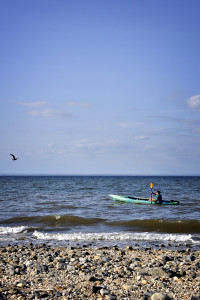
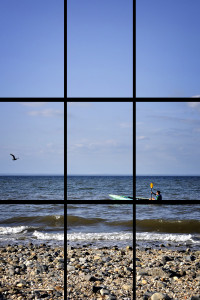
Frame Your Subject Creatively In-Camera
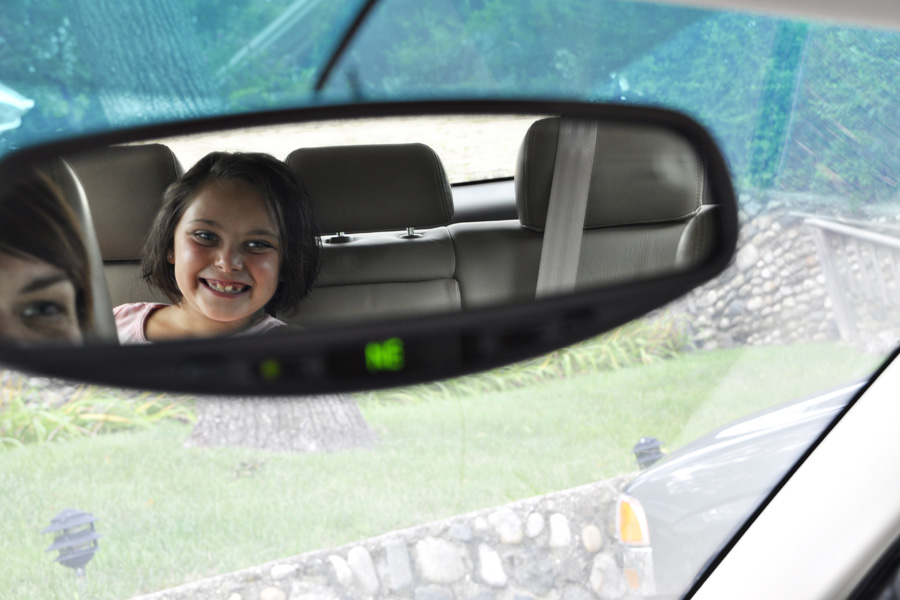 Okay, so this shot was not my idea. I saw it in a magazine scrapbook layout and knew I needed the same shot to capture the moment in time when conversations and quips from the back seat were hilarious, poignant and thought-provoking. There’s nothing wrong with taking a cue from someone else’s photo, as long as it is just for your personal use and you’re not selling it. But, back to the topic at hand. Framing your subject. This photo demonstrates creative framing very well. There are so many ways to frame your subject: literally, like I did to the right here
Okay, so this shot was not my idea. I saw it in a magazine scrapbook layout and knew I needed the same shot to capture the moment in time when conversations and quips from the back seat were hilarious, poignant and thought-provoking. There’s nothing wrong with taking a cue from someone else’s photo, as long as it is just for your personal use and you’re not selling it. But, back to the topic at hand. Framing your subject. This photo demonstrates creative framing very well. There are so many ways to frame your subject: literally, like I did to the right here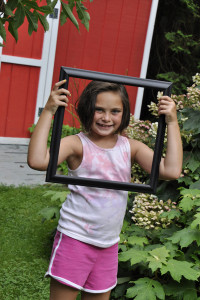 ; or by using your surroundings so that the frame actually enhances the story-telling aspect of your photograph. Like the car’s rear view mirror frame does in the main photo in this post. Look for lines, holes, shadows, trees, archways, doors, bridges, canyons, structures, an alley–all of these and more can be used to give a “frame” of reference for your shot–where is your subject? what is she doing? what’s the emotion? A frame can give a sense of scale. And it guides your eye right to your subject. A frame can take a so so shot and make it brilliant.
; or by using your surroundings so that the frame actually enhances the story-telling aspect of your photograph. Like the car’s rear view mirror frame does in the main photo in this post. Look for lines, holes, shadows, trees, archways, doors, bridges, canyons, structures, an alley–all of these and more can be used to give a “frame” of reference for your shot–where is your subject? what is she doing? what’s the emotion? A frame can give a sense of scale. And it guides your eye right to your subject. A frame can take a so so shot and make it brilliant.
Add Your Point-of-View to Your Photos
Every picture tells a story, right? I believe so. And a good photo makes the viewer see what you want them to see, experience something the same way you experienced it, or feel what you felt. When shooting, try to find those unique angles that tell your unique story. Here, while on my business trip to Malta in June, surrounded by 40 others carrying DSLRs with fabulous Tamron zoom lenses, I had only one photo of myself to prove I went to this place. So on my last day, a long grueling day of on and off the bus sightseeing, one where my shoe selection proved to be all wrong, I sat down on the edge of the harbor area, exhausted, and dipped my feet (covered with band-aids and white from baby powder I hoped would stop the burning) into the oily harbor water. But heck, it was Mediterranean oily harbor water. I took the opportunity to get a real “I was here photo” that tells my story of that day. At the end of a burning hot sunny day. But one I am glad I had the opportunity to experience. (18mm; F/8; 1/1000th sec.; ISO 200)
Frame Your Photos with Stone Arch

Just edited my 500 photos down to a few (only 72) and picked this shot of my colleagues to demonstrate “framing.” There are natural and manmade frames everywhere you look. Framing your subject focuses the attention on your subject and gives nice balance to a photo. The frame gently guides your eye to what is important. I loved the arch in Valletta, Malta, and asked Bert and Ruth to stand under it. It was late in the day, so the light bounced off one side of the arch and filled their faces with light. Look for frames in the form of tree branches, porches, swing sets, tunnels, tubes and more. The whole set of Malta images are at http://tiny.cc/QWL0H (Tamron 18-270mm; 20mm, F/5.6, 1/800 sec., ISO 200)
Photo Composition from Malta
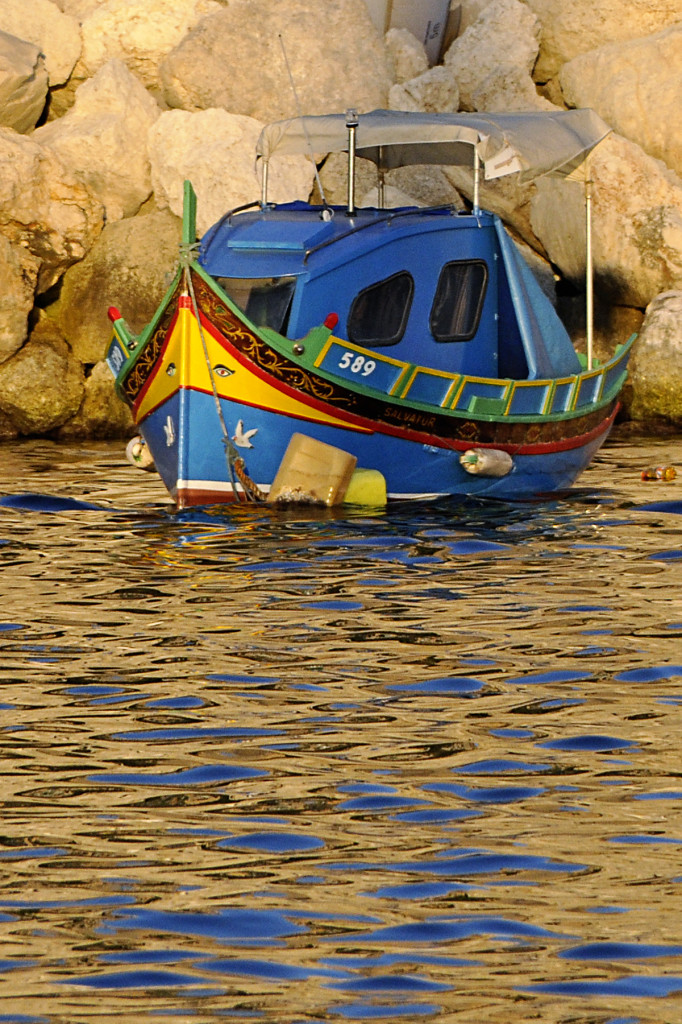
I have three minutes left on my internet token. So a quick “rule of thirds” example from Malta. The colorful Maltese boat is positioned in the upper third, a very straight forward example. With business meetings completed, tomorrow we tour this tiny, over populated island and I hope to have some more composition tips for you.
Photographing the Windmills in LaMancha

I travel a lot for work and get to sightsee for one day on many of these trips. While I am sometimes sad I am seeing the world without my family (I’ve created a scrapbook page called My Travels Without You), I am grateful for the chance to experience other cultures, food, history and more. Last year I went to Madrid. It’s a year already! I leave for this year’s trip to Malta next week. We visited the sight were Don Quixote “battled” windmills. This shot was one of many from different angles as we walked around the property. It’s one of the few that did not have other tourists in the background, a frequent issue when shooting on vacation. The best tip for that problem is patience! But I post this one for three reasons:
1) I am sure you are sick of seeing so many photos of my built-in model;
2) It’s a good example of the rule of thirds;
3) It’s also an example of leading lines. When taking photos, imagine that there is a tic tac toe board on your screen. Put the main interest of your subject (like eyes, or head, or Disney Castle) at one of the intersecting points, or in the upper or lower third, or the right or left third. This makes a more exciting photo than when the subject is smack in the middle. So always try to offset in some way. But remember, rules are made to be broken and sometimes the middle is the best way for a particular shot, especially if you are trying to create exact symmetry in your image. In this shot, the horizon and the windmills are positioned from middle to the upper third of the image. And the road is a good example of a leading line that guides your eye right to the first windmill and then the windmills themselves guide you right through the rest of the shot.
Look for shots from Malta next week.
I Love a Parade, But They’re Hard to Shoot
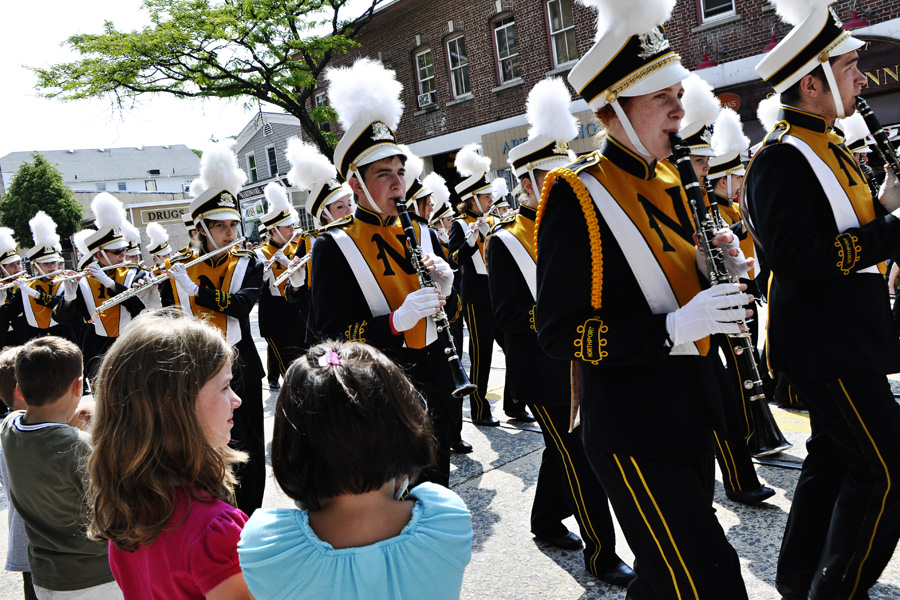
Shooting a parade is really not that easy. There is so much going on. And it goes by pretty quickly. And someone always moves into your frame before you get the shot. Well, at least that’s what always happens to me. So shooting the Memorial Day parade was a practice session for me with the hope that I have honed my rusty parade-shooting skills a little bit before our “big” July 4th parade (I say big, but it’s less than 1/2 mile and lasts all of 30 minutes). Anyway, since there was no one in the parade itself that I was trying to capture, and I was not shooting for any newspaper, I wanted to be sure the reasons for me even being at the parade, my model and her friends, were in my shots. So I crouched a little and captured them in the corner of the frame as they watched our terrific high school marching band pass by. I used a wideangle setting and shot it horizontally to capture as many band members as possible.
But of course, there were fire trucks and flags galore. To capture the reaction of a whistle-blowing fire truck that just went by (yeah, if I wasn’t shooting, I’d be holding my ears , too!), I turned the camera vertically, took a few steps back and zoomed in to frame the image nicely without any wideangle distortion. 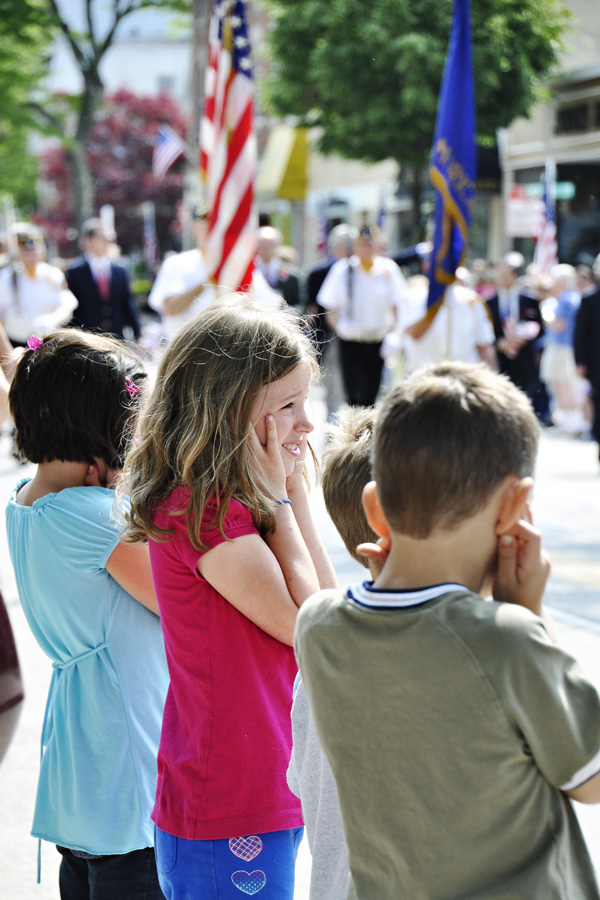 Here, a vertical orientation works to capture the kids in the lower foreground with the parade blurred out in the background. The background drops out since I had the aperture set wide (F/3.5) which gives a shallow depth of field. But I was also using a medium tele setting (100mm). When you use a tele setting and are close to your subject, you get shallow depth of field (blurry backgrounds) like this. I really like the result. There’s no doubt where we are and I feel like I am there just looking at the photo. I hear it too!
Here, a vertical orientation works to capture the kids in the lower foreground with the parade blurred out in the background. The background drops out since I had the aperture set wide (F/3.5) which gives a shallow depth of field. But I was also using a medium tele setting (100mm). When you use a tele setting and are close to your subject, you get shallow depth of field (blurry backgrounds) like this. I really like the result. There’s no doubt where we are and I feel like I am there just looking at the photo. I hear it too!
So as you get ready to shoot your next parade, try to a) get there early to stake out an up-front spot; b) stand on the side of the street with light so your camera has an easier time getting a proper exposure; c) use the rule of thirds to place your own little parade watchers in the frame (position them in the bottom, left or right third of the frame rather than the middle); d) use different zoom settings; and e) take lots of shots!

